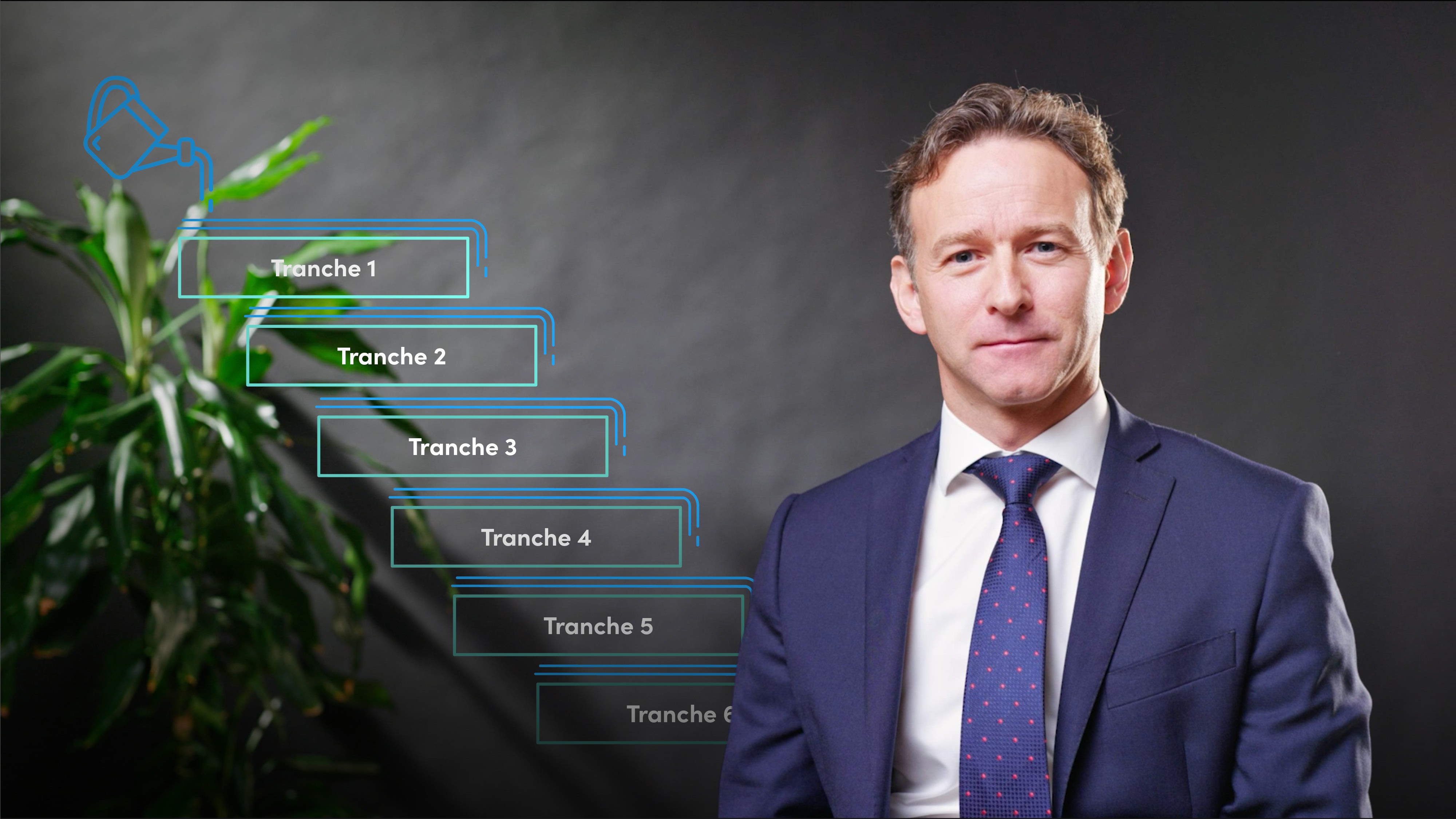
Introduction to the Credit Markets

Gordon Rowan
Head of Structured and Sustainable Finance
In this video, Gordon explains different types of secured lending, one of the main instruments in the credit markets and lifts the lid on this intriguing world full of creativity, opportunity, gains, and of course, some unforgettable losses.
In this video, Gordon explains different types of secured lending, one of the main instruments in the credit markets and lifts the lid on this intriguing world full of creativity, opportunity, gains, and of course, some unforgettable losses.

Introduction to the Credit Markets
12 mins 4 secs
Credit markets are larger than equity markets and are diverse and complex. It includes the likes of listed and unlisted securities, investment grade bonds, asset-backed securities, bank loans, distressed credit, and direct lending. Publicly listed credit instruments are regulated by government agencies, while private markets operate without such regulations. Private credit markets have grown since the Global Financial Crisis, leading to the rise of the shadow banking system. Credit structures exist on a spectrum, with returns ranging from low to almost equity-like. The key to credit structuring is to create structure and predictability from streams of cash flows without shape. Distressed debt investors can profit in markets where bonds and loans suffer significant losses. Contrarian investors were able to profit from buying bonds and loans at stressed prices when markets were disrupted after the Global Financial Crisis.
Key learning objectives:
Understand the breadth and depth of the credit markets
Outline the importance of credit structuring in creating predictability and reducing risk in the cash flows of credit instruments
Understand the potential for distressed debt investing
What is the difference between public and private securities?
Credit instruments can be delineated based on whether they are listed on a public exchange or structured as private securities. Publicly listed credit instruments are regulated by government agencies like the Securities and Exchange Commission in the United States, while private markets operate without such regulations.
Private credit markets have grown since the 2007-2011 Global Financial Crisis due to tightening regulations and the benefits of borrowing from a lender outside of bank regulation. Private markets are populated by diverse credit capital providers, each with their own drivers and constraints, and credit structures have expanded to encompass twenty plus asset classes. Credit exists on a spectrum with returns ranging from low to almost equity-like.
Why is credit structuring important?
Credit structuring turns unstructured cash flows into something with structure and predictability. The greater the predictability of the cash flows, the lower the risk associated with them and the lower the costs of the debt. This is achieved by creating a priority of payments and sometimes slicing the debt into horizontal tranches with unique characteristics. Mortgage Backed Securities are a common example of a structured credit product that can be applied to various assets.
Why would banks participate in securitised credit?
Banks often provide loans to borrowers and securitise them into bonds that are listed on an exchange and sold to institutional investors. This frees up capital on the balance sheet and allows the bank to lend to a new party. The securitisation process is known as "originate to distribute". Bonds are rated by firms such as Standard & Poors, Moodys and Fitch based on the likelihood of the debt being repaid, with credit ratings breaking down into Investment Grade and Non-Investment Grade Ratings.
What is distressed debt investing?
Occasionally, a borrower is unable to repay the loan or bonds it has issued. They can be a single corporate borrower, a small number of borrowers or millions of residential mortgage borrowers. The resulting losses can cause the prices of the bonds to fall dramatically, creating the right conditions for distressed debt investors to come in. These investors will buy the distressed debt at very low prices and then wait for the prices to recover. These investors include hedge funds, private equity funds, family offices, endowments, and small specialised distressed debt teams.

Gordon Rowan
There are no available videos from "Gordon Rowan"

